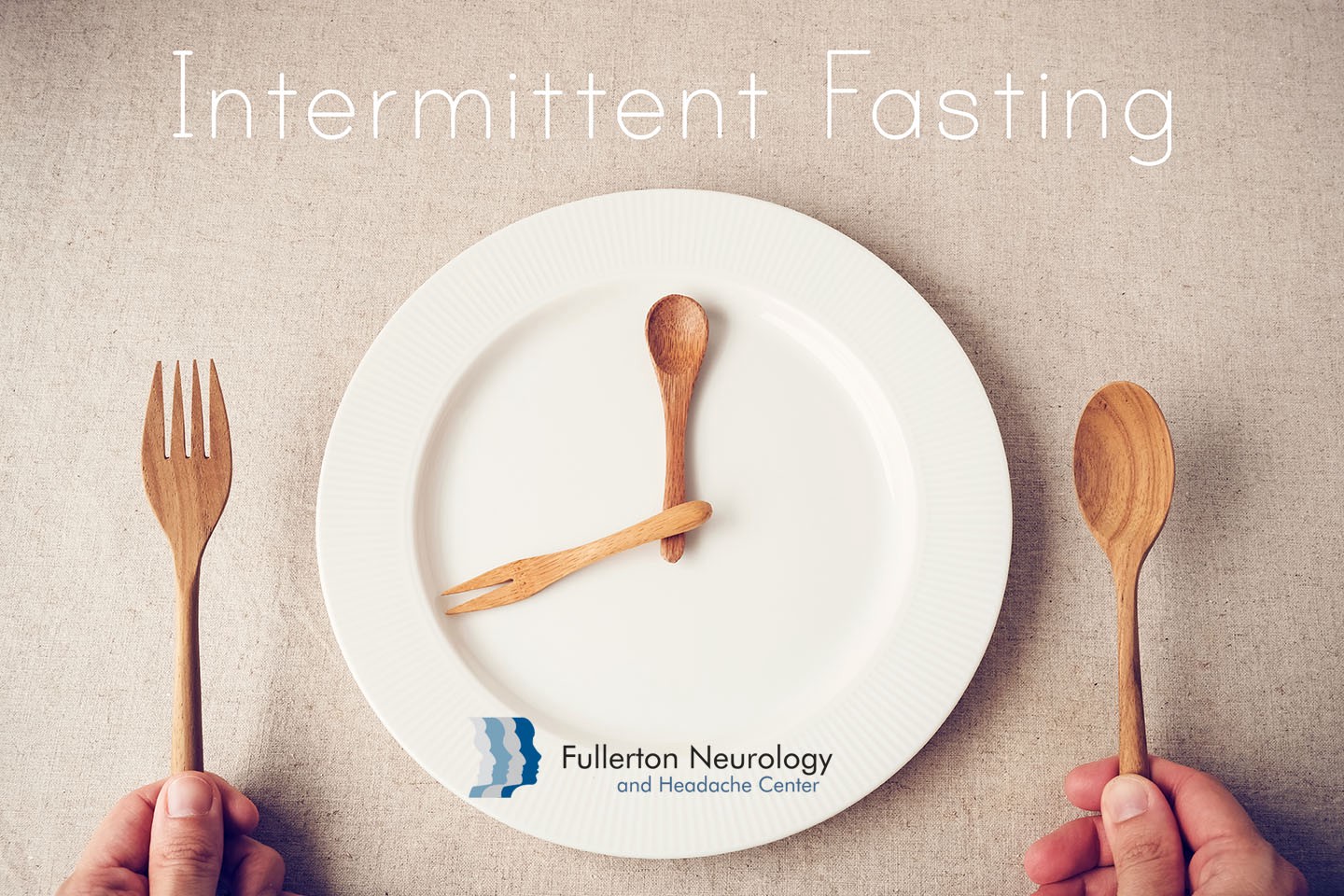In fact, it is now mainstream, based on a century of research in animals. Caloric restriction reduces ageing effects and increases lifespan in animals, presumably by limiting production of damaging oxygen free radicals. With fasting, metabolism is switched from liver-derived glucose to adipose cell-derived ketones. Periodic flipping of this switch by intermittent fasting leads to sustained cellular responses that raise mental and physical performance and resistance to disease. Benefits do not derive from weight loss alone.
Excessive energy intake, especially in “mid-life,” increases risks of cardiovascular disease, diabetes, Alzheimer’s, and Parkinson’s. Symptoms of asthma and rheumatoid arthritis can improve. Fasting reduces demyelination in EAE, a mouse model of multiple sclerosis. In a pilot study of intermittent fasting in MS, patients reported reduced symptoms in as little as two months.
Of course, there are impediments to widespread adoption of changes in long-ingrained eating habits. During and for the first month after a switch, side effects are common. They include feelings of hunger, irritability, and impaired concentration. The switch can be done gradually over several months. Common diets are alternate-day eating, fasting for 16–18 hours a day, and the 5:2 diet with the goal of consuming no more than 500 calories a day for 2 days each week. As with all lifestyle interventions, physicians should provide education, and ongoing communication and support. Positive reinforcement is key to success.
See the review article by de Cabo and Mattson in the NEJM, December 26, 2019.


Leave a Reply